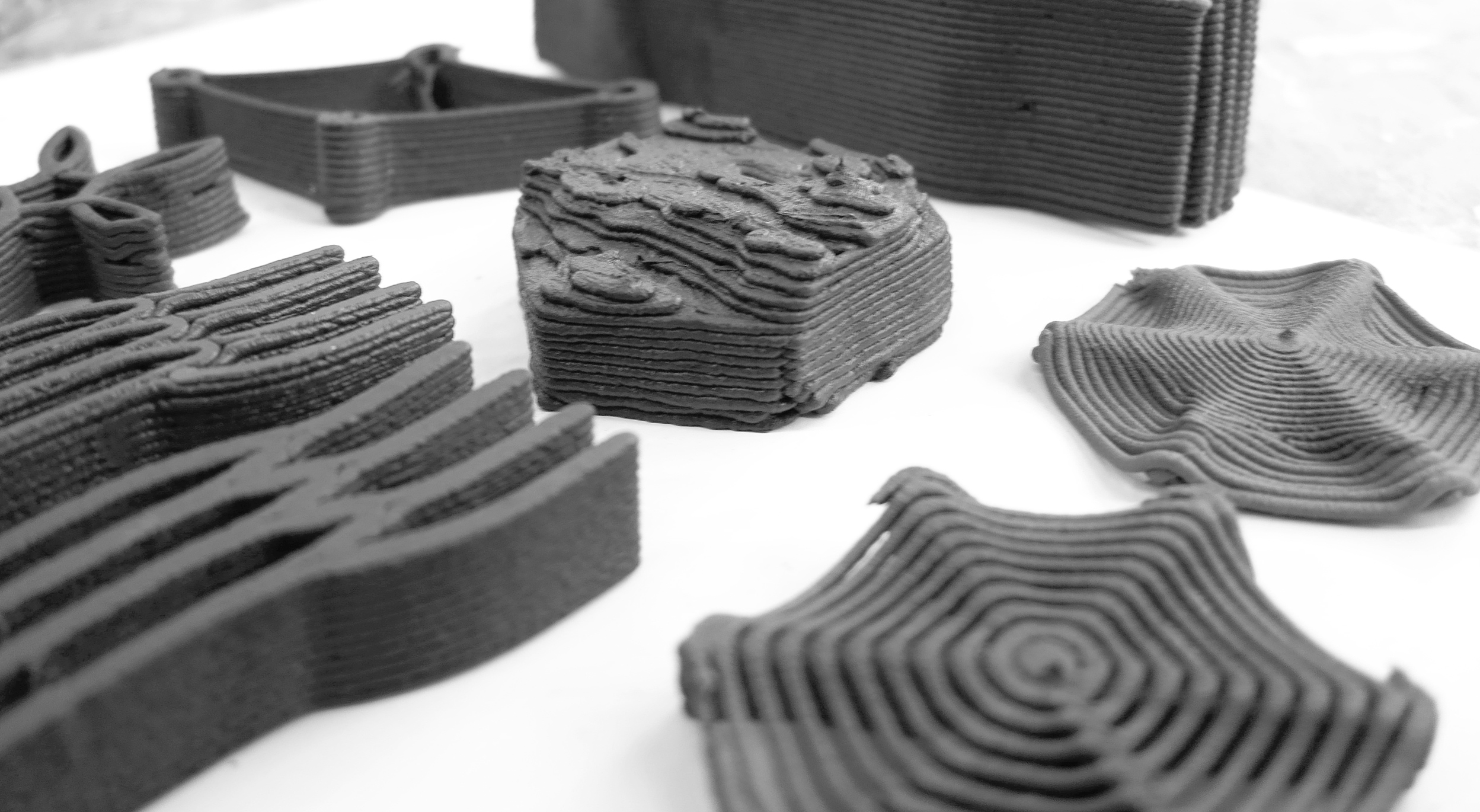This summer ADDITIVE ADDCITED supports the project TON STEINE ERDEN (CLAY STONES EARTH) that takes place at Art Academy Berlin Weißensee and which is part of the greenlab. Currently, the greenlab deals with the manifold relations between Berlin and Brandenburg, in particular it concentrates on a region in the south-east called Oder-Spree. For a long time the natural resources of this region have been sand, wood, coal and clay – by using these natural resources, countless brickyards around Berlin produced construction materials for the flourishing capital. In view of promoting a sustainable building culture, the TON STEINE ERDEN project would like to once again emphasize those cultural and material resources and attempts to develop suitable and sustainable positions referring to the architectural structures that constitute a space: Ceramic and modular surfaces, tiles, bricks and building blocks of all kinds are under examination and are reconsidered in their manufacturing procedure and design.
“The project will give an introduction into working with ceramic materials and technologies from traditional and manual techniques to industrial ones, and it will deal intensively with the potentials of digital tools associated with design and manufacturing procedures of architectural ceramics. An important module in the project will be ceramic 3D-printing, its tool-free and additive procedure allows easily complex undercuts, coiled structures, and even the realisation of only one item becomes efficient with that technology.”
Prof. Barbara Schmidt
In that context, ADDITIVE ADDICTED is responsible for imparting the whole process of ceramic 3D-printing and we support the students in the planning and execution of their concepts. In May 2017 we began with an intensive workshop that inducted the students into ways of working with a ceramic 3D-printer: They learned more about the process itself and the characteristics of the semi-fluid ceramic paste. We've expanded on different strategies of generating data and have explored a wide range of examples to expose the potential as well as the limits of this technique. Further, we gave an well-founded introduction to the slicing-software Repetier Host. Repetier Host is not only the printer's virtual desktop but it also provides different slicing tools which offer a basis to generate the Gcode and to control the printer's settings. In the second part, the students started to print their own designs. By doing so, they experienced how they can adapt their digital CAD files according to material and technological properties and they realize that even the post-processing of slicing offers a wide range of creative possibilities. In the workshop we used a non-industrial clay that originally came from a forest in Brandenburg near the little village Sauen. To achieve a printable material, the clay was cleaned and processed in such a manner that it finally had the right properties and consistency. In the following weeks we will continue to support the project with our ceramic 3d-printing expertise. We will help to optimize the ceramic materials and we'll give support to adapt designs to the restrictions of the printing process.
Authors: Babette Wiezorek & Dawei Yang
More information: http://additiveaddicted.de/
